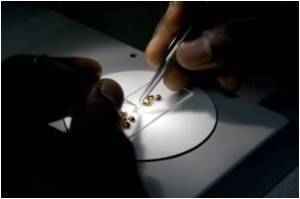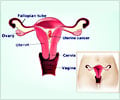A new radiation mechanism could more directly target cancer, and may someday help clean up environmental disasters such as the Gulf oil spill and detect explosive powder

The mechanism operates in the Terahertz gap - the range between microwave and infrared frequencies.
Until now, scientists have not been able to tap into these frequencies with much success.
"It's a small range, but these frequencies are the important ones absorbed by biochemical molecules," said Klemm.
This technique may also offer a more direct way track down what's ailing a patient.
"Our mechanism could be used to detect the amino acids in DNA, which may be linked to specific diseases. That means it's a good diagnostic tool," added Klemm.
Advertisement
Results from the study have been published in Physical Review Letters, one of the most prestigious and highly ranked physics journals.












